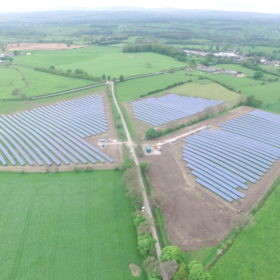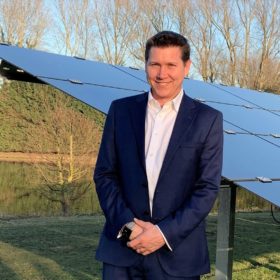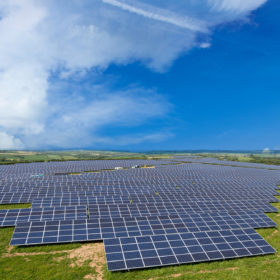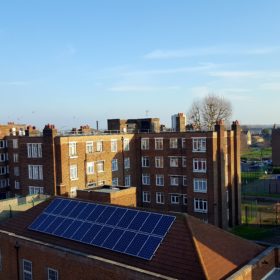16 MW of UK solar could be ‘ghosted’ over deployment cap
Regulator Ofgem has said that 10 MW of small-scale solar projects have breached the deployment cap, leaving stakeholders uncertain about feed-in tariff payments. A failure to collect FITS could spell disaster for investors, says the U.K.’s Renewable Energy Association.
500 MW solar-plus-storage project under development in the UK
U.K.-based Tribus and PS Renewables are seeking environmental approval to build the country’s largest PV facility across two sites in Suffolk and Cambridgeshire. The Sunnica Energy Farm will also include large-scale storage capacity at both facilities.
Meyer Burger, Oxford PV sign perovskite cooperation deal
Meyer Burger has struck a strategic partnership with Oxford PV to expedite the mass production of perovskite on silicon heterojunction (HJT) tandem cells.
Oxford PV raises $41m to commercialize perovskite tech
Just three months after revealing that it had achieved a 28% conversion efficiency with its perovskite-silicon tandem solar cells, Oxford PV has closed the initial portion of a Series D funding round aimed at bringing its core technologies to market.
Debt-laden Panda Green sells 82.5 MW UK portfolio
The heavily-indebted solar developer has sold off six solar projects to a U.K.-Irish renewables investment fund for £34 million, ensuring it will be able to settle the most immediate of its reported $3.1 billion commitments.
Supercomputer scientists dye-ing to test new cell materials
Researchers from the U.S. Department of Energy’s Argonne National Laboratory, working with Cambridge University, programmed a ‘supercomputer’ to narrow down a list of almost 10,000 materials with the potential to be used in dye-sensitized solar cells to just five that fit their parameters for high performance, low cost and low environmental impact.
Statkraft virtual plant integrates renewables, storage and gas in UK
The virtual facility is monitoring approximately 1 GW of combined wind, solar, storage and flexible gas engines in the U.K. and its capacity may double in the summer. The energy managed by the plant is being sold on the British energy market.
Gridserve to deploy 60 MW of bifacial-plus-tracking projects in the UK
Two sites with capacities of 34.7 MW and 25.7 MW will supply unsubsidized power to Warrington Borough Council. The smaller project will provide the local authority’s energy needs and reduce its electricity bill while the larger one will sell renewable energy on the open market, further bolstering council income.
Investment fund refinances 200 MW of UK projects set up under subsidy regime
A bevy of lenders from Australia, Germany and the Netherlands have provided up to £272 million for 17 solar and onshore wind projects that benefit from the U.K.’s expired incentives program.
Centrica invests in Internet of Things startups and sees 4.5 GW flexibility potential in the UK
With its investment, the energy company has broadened its portfolio of ways to help customers save on energy bills. There are multiple energy companies pursuing similar goals at the moment as distributed generation and storage solutions require utilities to find new business models; not the least to avoid grid expansion costs.







